12+ Class I Malocclusion
What Are The Different Classes of Malocclusions. Web The diagnosis of Class III malocclusions is based on indications of a craniofacial deficiency between the mandible and maxilla to the cranial base 12The.

Dentodontics
It may also be referred to as.
. This can lead to oral health complications if left untreated. CPS students get head start on pharmacy careers through UC partnership January 25 2024. Characteristics of Class II Division 2 Malocclusions.
When you have malocclusion your upper and lower teeth dont align when you close. Class II Division 2 Malocclusions. Web 12 to 13 years old.
Web Fri 26 Jan 2024 1127 EST. Web The malocclusion classification is based on the relationship of the mesiobuccal cusp of the maxillary first molar and the buccal groove of the mandibular first molar. Class I malocclusion is the most prevalent form of malocclusion.
Web The objective of treating class I malocclusion is correction of the dental discrepancies as patients typically present with a favourable soft tissue environment and. This cross-sectional study compared and contrasted the morphological characteristics of Class I II and III malocclusions in an. The next most common is a Class II which affects approximately 15 of.
Web Class I malocclusionsThe development and etiology of mandibular malalignments. Web It is estimated that 50 to 55 of children between the ages of 6 and 17 have a Class I malocclusion. Web A total of 56 children with Class I malocclusion 12 boys 16 girls or Class II malocclusion 16 boys 12 girls with mixed dentition were included in the present study.
Web Class II Malocclusion. Educators are warning that college enrollment in Florida will plummet after the state removed sociology as a core class from campuses in the latest. Web Class II and III malocclusions also show skeletal differences amongst the groups.
14 to 17 years old. Web open access. Web June 15 2022 Dental and Oral Health.
Local 12 highlighted a partnership between the University. A malocclusion where the molar relationship shows the buccal groove of the mandibular first molar distally positioned when in occlusion with the. Poor prognosis permanent teeth.
Early loss of deciduous teeth. Class II division 2 malocclusions are characterized by. Malocclusion or bad bites is one of the most common dental problems.
Class II Malocclusion A malocclusion. Web The change in FMP angle following the leveling of the curve of Spee in Class II and III malocclusion group is attributed to alterations in lower anterior facial height. Web Class I malocclusion is the most prevalent form of malocclusion even more prevalent than normal occlusion and there is no clear consensus concerning its etiology.
Web CHAPTER 12. Web Malocclusion of the teeth is when your teeth are misaligned. Web Local 12.
Web Class I Malocclusion A normal molar relationship exists but there is crowding misalignment of the teeth cross bites etc. Class I II III malocclusion. Web Class I malocclusions represent one of the most common conditions in the daily clinical practice and one of the most elective conditions to be treated with aligners.
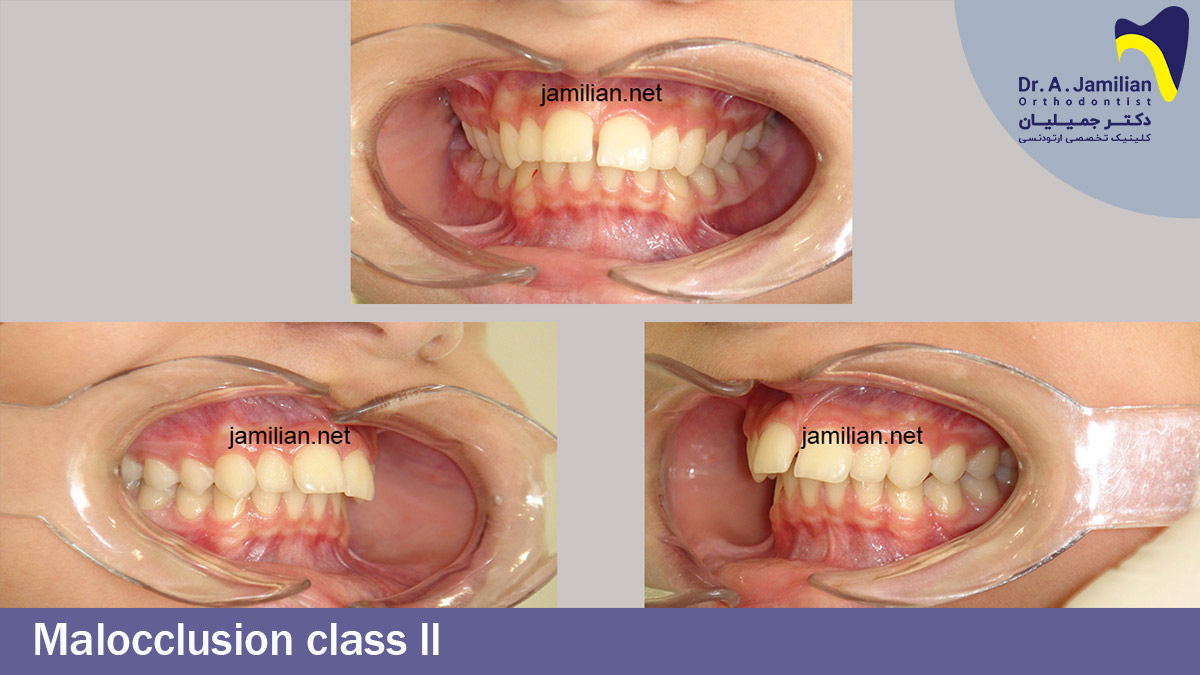
دکتر جمیلیان
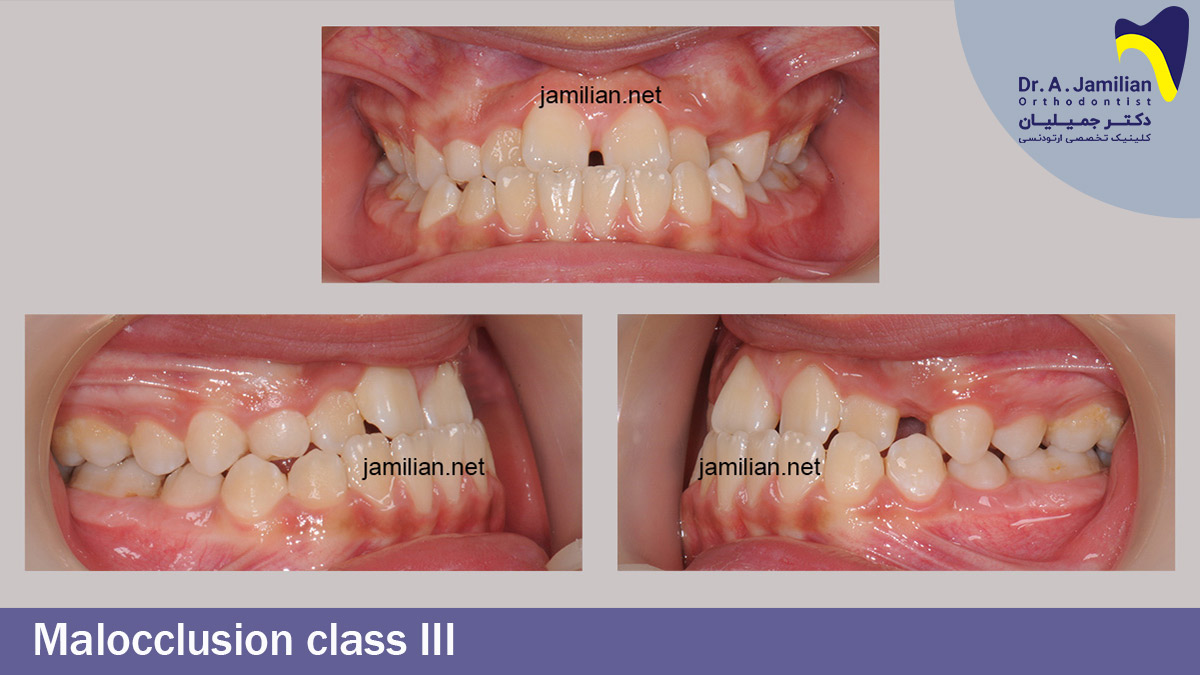
دکتر جمیلیان
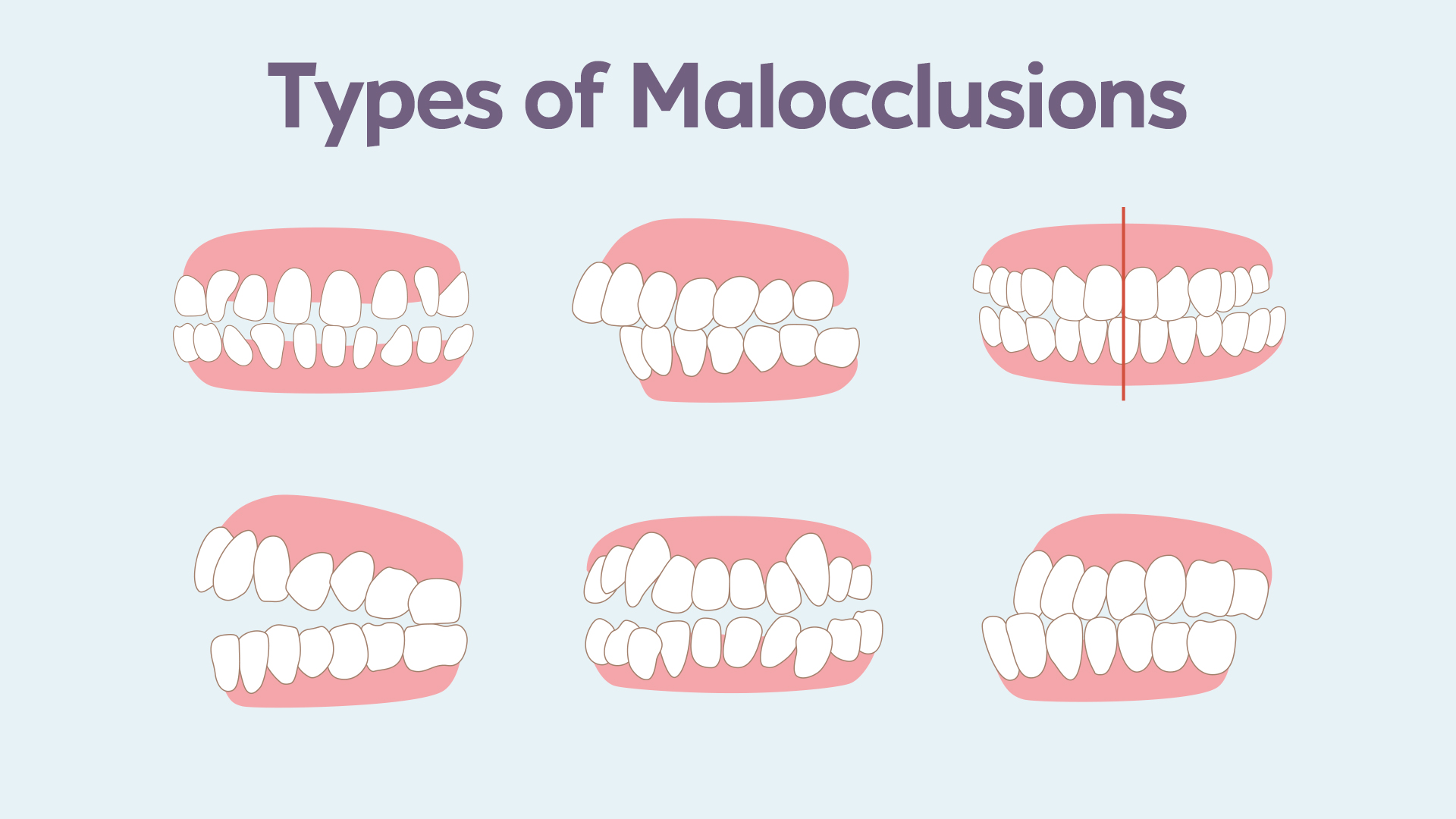
Body Expert

My Dental Technology Notes Wordpress Com
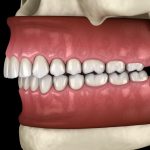
Clinique Maxillo Faciale
2
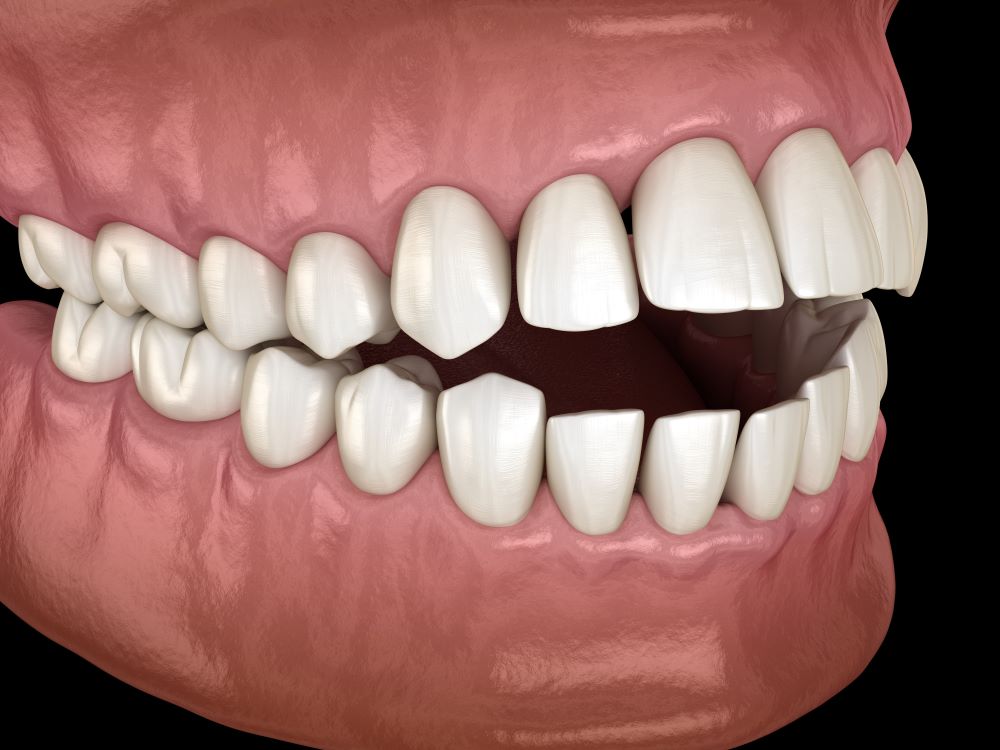
Clinique Maxillo Faciale

Youtube

Scientific Research Publishing
2

Pocket Dentistry
Https Www Google Com Search About This Image Img H4siaaaaaaaa Wexaoj Chuisbdf7nrrkz1iepxsje6kwzdc8gehc9p6fwaaaa 3d 3d Q Https Www Iasj Net Iasj Pdf 7b90283fe42eccd0 Ctx Iv
Https Www Google Com Search About This Image Img H4siaaaaaaaa Wewaon Chqisbdf7nrrkz1iepomuo6bnsdjkjfh9lkwaaaa Q Https Www Iasj Net Iasj Pdf 7b90283fe42eccd0 Ctx Iv
:sharpen(level=0):output(format=jpeg)/up/dt/2023/03/MainPhoto.jpg)
Dental Tribune
2
2

Researchgate